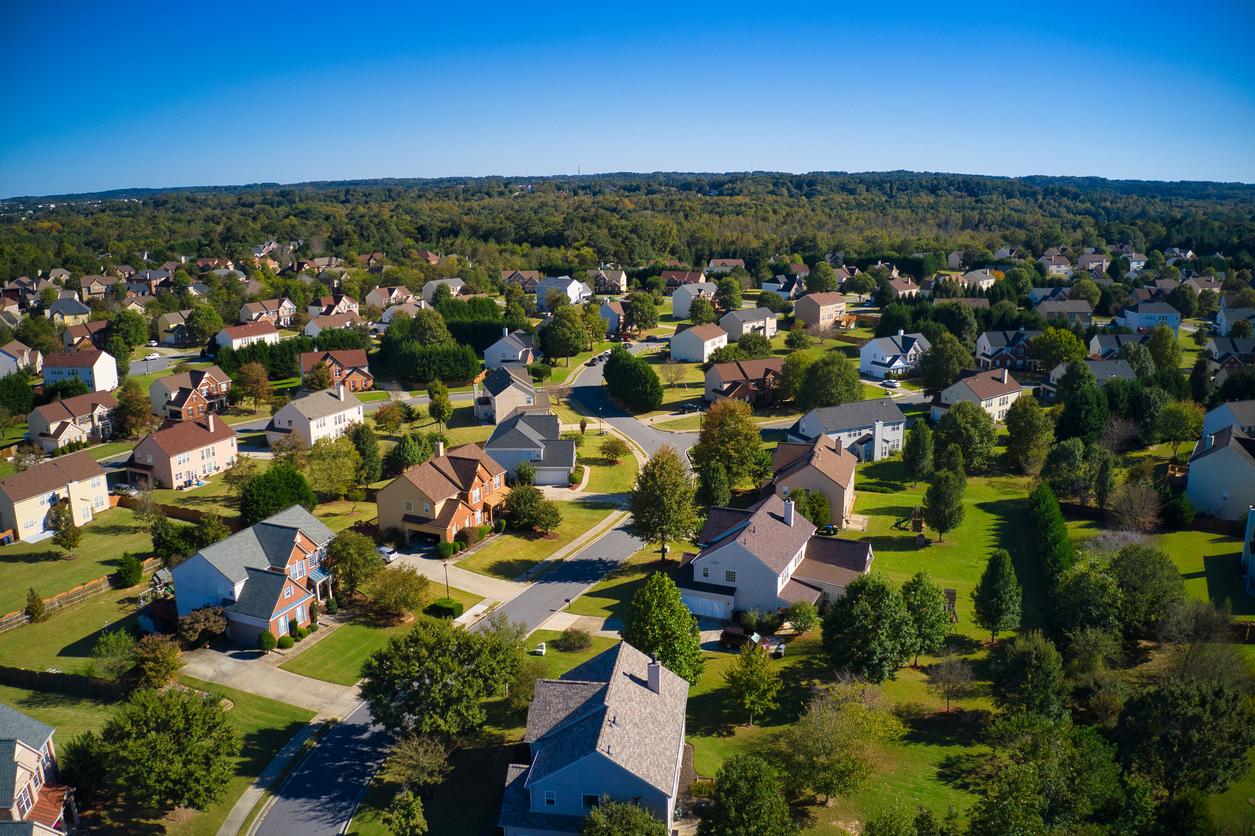Planting trees in large cities helps to fight against heat islands and their negative effects on health… and thus reduce the risk of early death by a third.

- Exposure to heat also increases the risk of suffering from cardiovascular and respiratory diseases.
- According to the study researchers, on a summer day, cities can be up to 12℃ warmer than rural areas.
- According to several studies, every 1℃ rise in temperature increases the risk of death by 1-3%.
Big cities aren’t really famous for their vast tree-lined areas, and that’s a shame for our health. Green spaces make it possible to fight against heat islands as well as the harmful effects of high temperatures on the body.
A new study, presented in The Conversation And The Lancet by its authors, shows that planting more trees in urban areas would reduce the rate of premature heat-related deaths
Heat island: 30% more trees reduces the risk of death
Scientists sought to estimate how many deaths could be attributed to urban heat islands and how many deaths could be prevented by increasing urban tree cover in 93 European cities. To do this, they carried out a quantitative assessment of the health impact of hot zones on mortality among adults aged over 20 during the summer of 2015 (June 1 to August 31).
The team estimates that high urban temperatures caused 6,700 premature deaths.
“The rate of global warming is accelerating and 2-3 billion people are expected to live in cities by 2050. The health effects of urban heat islands are likely to worsen in coming years”, warn the authors of the article. Greening cities could help reduce the risks.
“Our modeling revealed that a third (2,644) of urban heat island deaths in Europe could be avoided by increasing forest cover to 30% in each urban district”, they add. The increase in the number of trees would also be likely to reduce the temperature in cities, which are generally higher than in the countryside, by an average of 0.4°C.
Heat-related deaths: large disparities between European cities
By studying data from 93 cities on the old continent, the researchers noticed significant variations in mortality rates linked to summer heat. “In 2015, Gothenburg in Sweden recorded no premature deaths linked to urban heat islands, while high temperatures were responsible for 32 premature deaths per 100,000 inhabitants in the Romanian city of Cluj-Napoca”they write in The Conversation.
The cities most affected by this phenomenon, amplified by global warming, are located in Southern and Eastern Europe. “Most of these cities often had low tree cover and record the highest urban heat island effect.”
“Overall, cities in southern Europe will benefit the most from increasing their tree cover. Our model estimates that Barcelona could reduce its mortality rate from high urban temperatures by 60% by reaching the target. 30% tree cover.”
However, scientists recognize that planting more plants in metropolises may not be enough. “Tree growth is a long process and about half of newly planted trees die within two years. Preserve existing trees and supplement tree planting programs with other measures that reduce the intensity of heat islands , such as reducing car use, are equally important”they conclude.


















